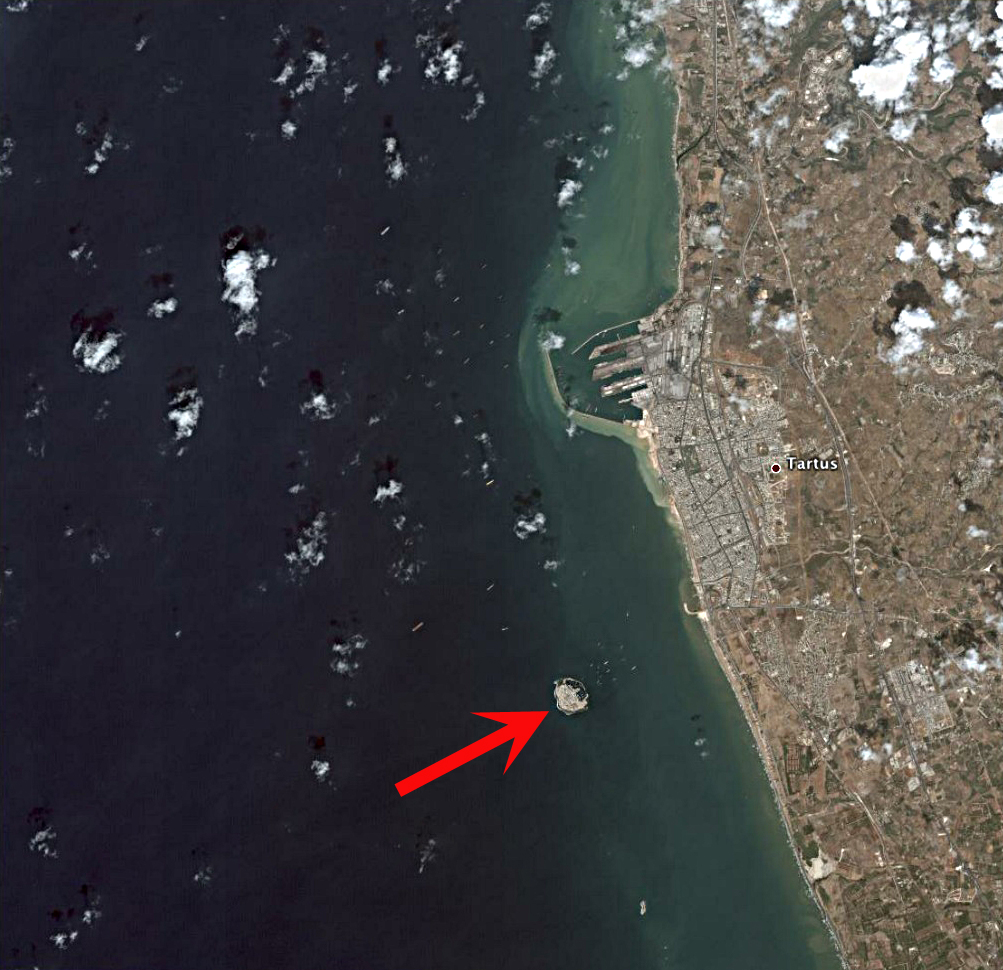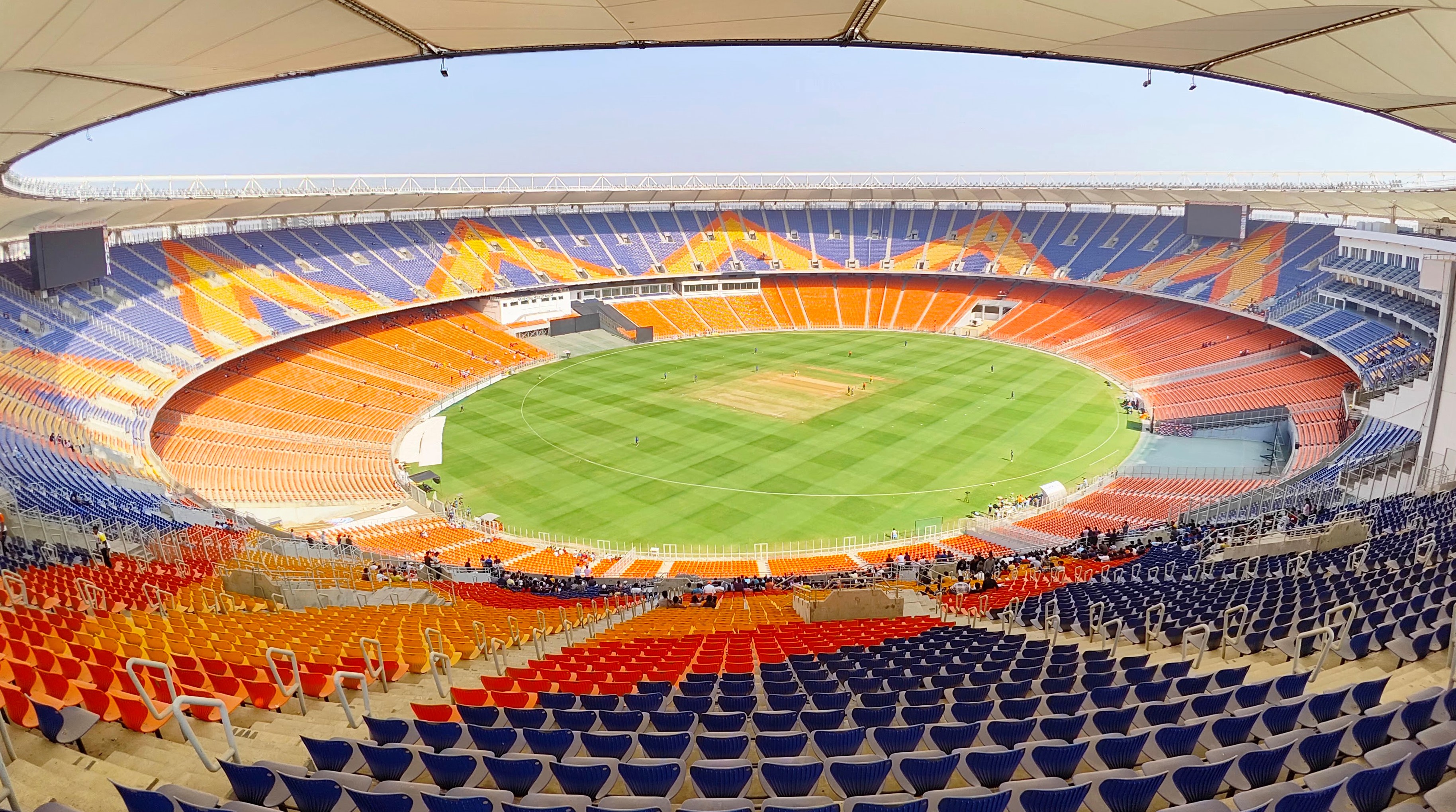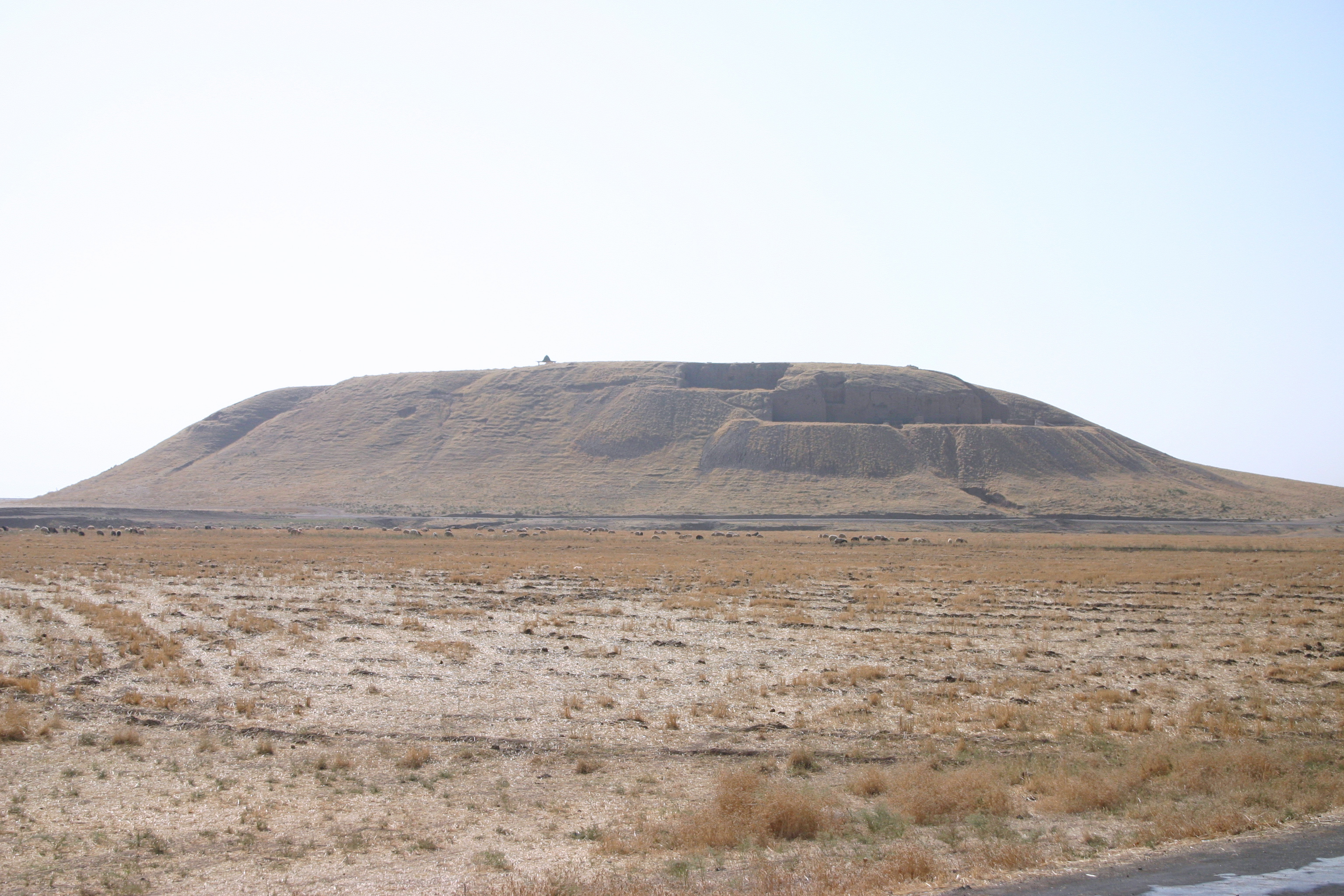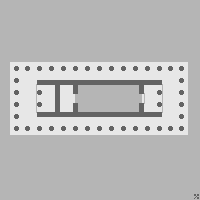|
Amrit
Amrit (), the classical antiquity, classical Marathus (, ''Marathos''), was a Phoenicians, Phoenician port located near present-day Tartus in Syria. Founded in the third millenniumBC, Marat (, ) was the northernmost important city of ancient Phoenicia, with relations to nearby Arwad. During the 2ndcenturyBC, Amrit was defeated and its site largely abandoned, leaving its ruins well preserved and without extensive remodeling by later generations. History The city lies on the Mediterranean Sea, Mediterranean coast around south of modern-day Tartus. Two rivers cross the city: Nahr Amrit, near the main temple, and Nahr al-Kuble near the secondary temple, a fact that might be linked to the importance of water in the religious traditions in Amrit. The city was probably founded by the Arwad, Arvadites, and was considered one of the "daughters of Arwad" on the coastline.Strabo, ''Geographica'', 16.2.12Greek sourcean Marathus served as Arwad's continental base, although the port of Ar ... [...More Info...] [...Related Items...] OR: [Wikipedia] [Google] [Baidu] |
Tartus
Tartus ( / ALA-LC: ''Ṭarṭūs''; known in the County of Tripoli as Tortosa and also transliterated from French language, French Tartous) is a major port city on the Mediterranean coast of Syria. It is the second largest port city in Syria (after Latakia), and the largest city in Tartus Governorate. Tartus was under the governance of Latakia Governorate until the 1970s, when it became a separate governorate. The population is 458,327 (2023 estimate). In the summer it is a vacation spot for many Syrians. Etymology The name derives from Ancient (Antarados or ''Anti-Aradus'', meaning "The town facing Arwad, Aradus). In Latin, its name became ''Tortosa''. The original name survives in its Arabic language, Arabic form as ''Ṭarṭūs'' (), from which the French language, French ''Tartous'' and English language, English ''Tartus'' derive. History Phoenician Antaradus Tartus was founded as a Phoenician colony of Arwad, Aradus. [...More Info...] [...Related Items...] OR: [Wikipedia] [Google] [Baidu] |
Syria
Syria, officially the Syrian Arab Republic, is a country in West Asia located in the Eastern Mediterranean and the Levant. It borders the Mediterranean Sea to the west, Turkey to Syria–Turkey border, the north, Iraq to Iraq–Syria border, the east and southeast, Jordan to Jordan–Syria border, the south, and Israel and Lebanon to Lebanon–Syria border, the southwest. It is a republic under Syrian transitional government, a transitional government and comprises Governorates of Syria, 14 governorates. Damascus is the capital and largest city. With a population of 25 million across an area of , it is the List of countries and dependencies by population, 57th-most populous and List of countries and dependencies by area, 87th-largest country. The name "Syria" historically referred to a Syria (region), wider region. The modern state encompasses the sites of several ancient kingdoms and empires, including the Eblan civilization. Damascus was the seat of the Umayyad Caliphate and ... [...More Info...] [...Related Items...] OR: [Wikipedia] [Google] [Baidu] |
Arwad
Arwad (; ), the classical antiquity, classical Aradus, is a town in Syria on an eponymous List of islands of Syria, island in the Mediterranean Sea. It is the administrative center of the Arwad nahiyah, Subdistrict (''nahiyah''), of which it is the only locality.General Census of Population and Housing 2004 Central Bureau of Statistics (Syria), Syria Central Bureau of Statistics (CBS). Latakia Governorate. It is the only inhabited island in Syria. It is located from Tartus (the ancient Tortosa), Syria's second-largest port. Today, Arwad is mainly a fishing town. According to the Central Bureau of Statistics (Syria), Syria Central Bureau of Statistics, during the 2004 census, it had a population of 4,403, predominantly Ara ... [...More Info...] [...Related Items...] OR: [Wikipedia] [Google] [Baidu] |
Melqart
Melqart () was the tutelary god of the Phoenician city-state of Tyre and a major deity in the Phoenician and Punic pantheons. He may have been central to the founding-myths of various Phoenician colonies throughout the Mediterranean, as well as the source of several myths concerning the exploits of Heracles. Many cities were thought to be founded (in one way or another) and protected by Melqart, no doubt springing from the original Phoenician practice of building a Temple of Melqart at new colonies. Similar to Tammuz and Adonis, he symbolized an annual cycle of death and rebirth. Reflecting his dual role as both protector of the world and ruler of the underworld, he was often shown holding an Ankh or Flower as a symbol of life, and a fenestrated axe as a symbol of death. As Tyrian trade, colonization and settlement expanded, Melqart became venerated in Phoenician and Punic cultures across the Mediterranean, especially its colonies of Carthage and Cádiz. During the high ... [...More Info...] [...Related Items...] OR: [Wikipedia] [Google] [Baidu] |
Stadium
A stadium (: stadiums or stadia) is a place or venue for (mostly) outdoor sports, concerts, or other events and consists of a field or stage completely or partially surrounded by a tiered structure designed to allow spectators to stand or sit and view the event. Pausanias noted that for about half a century the only event at the ancient Greek Olympic festival was the race that comprised one length of the stadion at Olympia, where the word "stadium" originated. Most of the stadiums with a capacity of at least 10,000 are used for association football. Other popular stadium sports include gridiron football, baseball, cricket, the various codes of rugby, field lacrosse, bandy, and bullfighting. Many large sports venues are also used for concerts. Etymology "Stadium" is the Latin form of the Greek word " stadion" (''στάδιον''), a measure of length equalling the length of 600 human feet. As feet are of variable length the exact length of a stadion depends on the ex ... [...More Info...] [...Related Items...] OR: [Wikipedia] [Google] [Baidu] |
Tell (archaeology)
In archaeology, a tell (from , ', 'mound' or 'small hill') is an artificial topographical feature, a mound consisting of the accumulated and stratified debris of a succession of consecutive settlements at the same site, the refuse of generations of people who built and inhabited them and natural sediment. Tells are most commonly associated with the ancient Near East but are also found elsewhere, such as in Southern Europe, Southern and parts of Central Europe, from Greece and Bulgaria to Hungary and Spain,, see map. and in North Africa. Within the Near East they are concentrated in less arid regions, including Upper Mesopotamia, the Southern Levant, Anatolia and Iran, which had more continuous settlement. Eurasian tells date to the Neolithic, the Chalcolithic and the Bronze and Iron Ages. In the Southern Levant the time of the tells ended with the conquest by Alexander the Great, which ushered in the Hellenistic period with its own, different settlement-building patterns. Many t ... [...More Info...] [...Related Items...] OR: [Wikipedia] [Google] [Baidu] |
Stadio Amrit 1-2
Stadio (literally, ''Stadium'') is an Italian pop rock band formed in 1977. The members are Giovanni Pezzoli (drums), Roberto Drovandi (bass guitar), Andrea Fornili (guitar), and Gaetano Curreri (vocals and keyboard). Formation and early recordings The group had a long-standing arrangement as an accompanying band to Lucio Dalla, a Bologna-born singer. Stadio had its first notable public appearance in the mid-1970s, when the group appeared on Lucio Dalla's 1975 collaborative album with Roberto Roversi, '' Anidride Solforosa'' (Italian for "sulfur dioxide"). The members of Stadio on this album were Giovanni Pezzoli playing the drums, Marco Nanni playing the bass and Fabio Liberators playing the keyboard. The same musicians were featured on Dalla's 1977 album '' Com'è profondo il mare'' (How deep is the sea?). The next Lucio Dalla single was released in February 1979 and a new Stadio member was introduced: guitarist Ricky Portera. This release, on the eve of the ''Banana Republ ... [...More Info...] [...Related Items...] OR: [Wikipedia] [Google] [Baidu] |
Peter Akkermans
Peter M. M. G. Akkermans (born Hulsberg, 14 November 1957) is a Dutch archaeologist and emeritus Professor of Ancient Near Eastern archaeology at Leiden University.Leiden University. Prof. dr. Peter Akkermans - Profile. Universiteit Leiden website. 2012-10-16. () Akkermans was awarded his for work on the late period in Syria. He was a at the [...More Info...] [...Related Items...] OR: [Wikipedia] [Google] [Baidu] |
Netherlands
, Terminology of the Low Countries, informally Holland, is a country in Northwestern Europe, with Caribbean Netherlands, overseas territories in the Caribbean. It is the largest of the four constituent countries of the Kingdom of the Netherlands. The Netherlands consists of Provinces of the Netherlands, twelve provinces; it borders Germany to the east and Belgium to the south, with a North Sea coastline to the north and west. It shares Maritime boundary, maritime borders with the United Kingdom, Germany, and Belgium. The official language is Dutch language, Dutch, with West Frisian language, West Frisian as a secondary official language in the province of Friesland. Dutch, English_language, English, and Papiamento are official in the Caribbean Netherlands, Caribbean territories. The people who are from the Netherlands is often referred to as Dutch people, Dutch Ethnicity, Ethnicity group, not to be confused by the language. ''Netherlands'' literally means "lower countries" i ... [...More Info...] [...Related Items...] OR: [Wikipedia] [Google] [Baidu] |
Cella
In Classical architecture, a or naos () is the inner chamber of an ancient Greek or Roman temple. Its enclosure within walls has given rise to extended meanings: of a hermit's or monk's cell, and (since the 17th century) of a biological cell in plants or animals. Greek and Roman temples In ancient Greek and Roman temples, the ''cella'' was a room at the center of the building, usually containing a cult image or statue representing the particular deity venerated in the temple. In addition, the ''cella'' might contain a table to receive supplementary votive offerings, such as votive statues of associated deities, precious and semi-precious stones, helmets, spear and arrow heads, swords, and war trophies. No gatherings or sacrifices took place in the ''cella'', as the altar for sacrifices was always located outside the building along the axis and temporary altars for other deities were built next to it. The accumulated offerings made Greek and Roman temples virtual treasuri ... [...More Info...] [...Related Items...] OR: [Wikipedia] [Google] [Baidu] |
Eshmun
Eshmun (or Eshmoun, less accurately Esmun or Esmoun; '; ''Yasumunu'') was a Phoenician god of healing and the tutelary god of Sidon. His name, which means "eighth," may reference his status as the eighth son of the god Sydyk. History Eshmun was known at least from the Iron Age period at Sidon and was worshipped also in Tyre, Beirut, Cyprus, Sardinia, and in Carthage where the site of Eshmun's temple is now occupied by the acropolium of Carthage. According to Eusebius of Caesarea, Phoenician author Sanchuniathon wrote that Sydyk (meaning "Righteousness;" sometimes equated with Jupiter) first fathered seven sons equated with the Greek Cabeiri or Dioscuri, no mother named, and then afterwards fathered an eighth son by one of the seven Titanides (possibly equivalent to the Kotharat). The name ''Eshmun'' appears to mean 'the Eighth'. The Neo-Platonist Damascius also stated that: Photius (''Bibliotheca'' Codex 242) summarizes Damascius as saying further that Asclepius ... [...More Info...] [...Related Items...] OR: [Wikipedia] [Google] [Baidu] |
Tyre, Lebanon
Tyre (; ; ; ; ) is a city in Lebanon, and one of the List of oldest continuously inhabited cities, oldest continuously inhabited cities in the world. It was one of the earliest Phoenician metropolises and the legendary birthplace of Europa (consort of Zeus), Europa, her brothers Cadmus and Phoenix (son of Agenor), Phoenix, and Carthage's founder Dido (Elissa). The city has many ancient sites, including the Tyre Hippodrome, and was added as a whole to the list of UNESCO World Heritage Sites in 1984. The historian Ernest Renan noted that "One can call Tyre a city of ruins, built out of ruins". Tyre is the fifth-largest city in Lebanon after Beirut, Tripoli, Lebanon, Tripoli, Sidon, and Baalbek. It is the capital of the Tyre District in the South Governorate. There were approximately 200,000 inhabitants in the Tyre urban area in 2016, including many refugees, as the city hosts three of the twelve Palestinian refugee camps in Lebanon: Burj el-Shamali, Burj El Shimali, El-Buss refugee ... [...More Info...] [...Related Items...] OR: [Wikipedia] [Google] [Baidu] |






